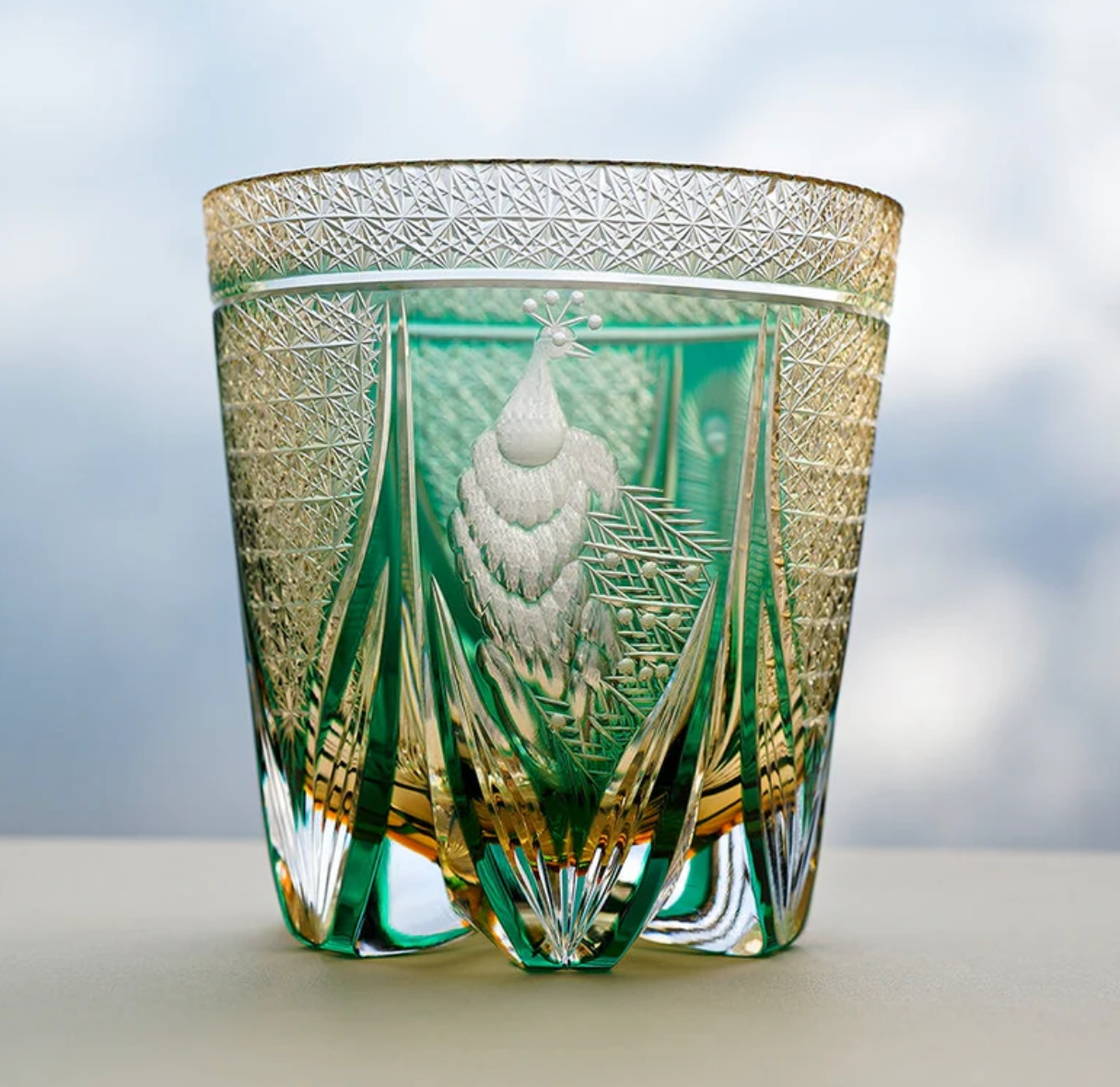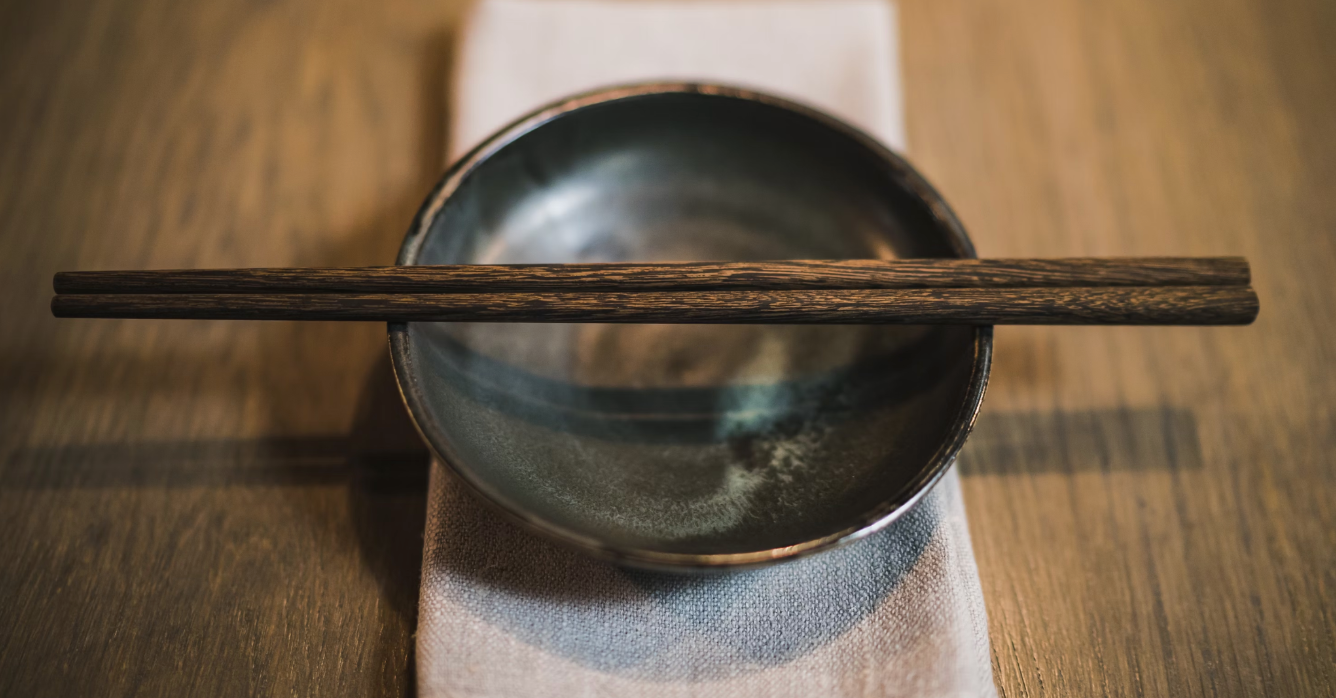
Discover the Enduring Splendor: Japanese Ceramics – A Legacy of Artistry and Refinement

Map of Japan Ceramic Production.(Credits: Japan Ceramics Association)
Step into a realm where meticulous craftsmanship (Takumi) converges with profound aesthetics (Biyo), revealing the soul of Japan's most revered art form: ceramics. Officially designated as "traditional handicrafts" (dentō kōgei), Japanese pottery is not merely functional; it is a profound expression of heritage, a testament to the pursuit of perfection, and a cherished emblem of sophisticated living. Celebrated globally for their unrivaled quality, these exceptional pieces transcend utility, transforming into exquisite gifts (okurimono), captivating home décor (interior design), and irreplaceable treasures for the discerning collector. In a world increasingly valuing authenticity and provenance, the global demand for authentic, handmade, and culturally significant ceramics places Japanese artistry at the zenith of desirability.
Japanese pottery (yakimono or tōgei) is a symphony of earth and fire, meticulously categorized by the finest clays (tsuchi), masterful firing techniques (yaki-shime), and unique regional characteristics (chiiki tokuchō). Each piece, often bearing the distinguished name of its origin, invites you to embark on a journey of discovery, beginning with the iconic "Three Famous Kilns" and extending to other equally celebrated traditions that embody timeless elegance.
The Soul of Japanese Ceramics: A Connoisseur's Appreciation
Beyond their breathtaking beauty, Japanese ceramics embody profound philosophical principles. They whisper tales of Wabi-Sabi (侘寂) – the profound appreciation of exquisite imperfection, transient beauty, and humble authenticity. They reflect the spirit of Minge (民藝) – celebrating the inherent beauty of utilitarian objects elevated to art through the hands of anonymous masters. This rich cultural tapestry imbues every creation with a unique narrative, transforming each acquisition into a profound experience.
Distinguishing Characteristics of Masterpiece Ceramics:
- The Clay Body (Dorei): From the robust character of stoneware to the ethereal purity of porcelain, the chosen clay dictates the very essence of the piece, promising a unique tactile and visual journey.
- The Luminous Glaze (Yuyaku): A universe of surface artistry, ranging from translucent whispers to rich, opaque statements, from radiant gloss to a sophisticated matte finish, each glaze is a testament to controlled alchemy.
- The Kiln's Embrace (Kama): The transformative power of the kiln – be it the venerable climbing kiln (noborigama) or the ancient wood-fired anagama – imprints distinct characteristics, lending each piece its singular voice.
- The Art of Embellishment (Kazaritsuke): Hand-painted narratives (aka-e – red overglaze enamel), intricate carvings (choka), delicate inlays, and the serendipitous beauty of natural ash glazes coalesce to define their signature allure.
Arita Ware (有田焼), Saga Prefecture – Porcelain of Peerless Grandeur
Also revered as Imari Ware (伊万里焼), a tribute to its historic journey from Imari Port to the world's most distinguished tables, Arita ware originates from Arita Town in Saga Prefecture. This unparalleled Japanese porcelain (jiki) captivates with its glass-like, silken texture and gorgeously delicate, hand-painted motifs. Beyond its undeniable allure, Arita ware is celebrated for its remarkable durability in daily use, securing its international renown for centuries, particularly among European royalty and aristocracy. It stands as a pinnacle of Japanese traditional craft. Its intricate designs, often featuring vibrant cobalt blue (gosu), regal iron red (tetsuaka), and opulent gold, depict classical motifs: ethereal birds and blooming flowers (kachōga), serene landscapes, and allegories of traditional Japanese life. Discover the exquisite Kakiemon style (柿右衛門様式), celebrated for its sparse, elegant compositions, or the lavishly decorated Ko-Imari (古伊万里), the quintessential early Imari ware. These porcelain masterpieces are ideal for luxury dinnerware sets, exquisite sake cups (guinomi), and statement decorative plates that command attention.
Mino Ware (美濃焼), Gifu Prefecture – A Symphony of Styles, Timeless and Contemporary
With an astonishing 1300-year legacy, Mino ware flourishes in the Tono region of Gifu Prefecture, anchored by Toki City – the esteemed "Japan's No. 1 Ceramic Production Area." What truly distinguishes Mino ware is its extraordinary versatility, encompassing a breathtaking spectrum of ceramic expressions:
- Shino Ware (志野焼): Renowned for its rich, milky-white feldspar glaze, often adorned with subtle reddish blush and charming, artful iron oxide drawings beneath the glaze. An exquisite choice for ceremonial tea bowls (chawan).
- Oribe Ware (織部焼): Instantly recognizable by its dynamic, often unconventional forms and its iconic, vibrant green copper glaze, frequently complemented by asymmetrical, playful designs. Oribe pieces present unique serving platters and sculptural flower vases (kabin).
- Kiseto Ware (黄瀬戸焼): Characterized by its warm, inviting yellowish-brown glaze, often enhanced with delicate incised patterns or captivating green ash accents. A sublime choice for refined everyday tableware and elegant small dishes.
- Setoguro Ware (瀬戸黒焼): Celebrated for its intense, profound black glaze, achieved through a dramatic rapid cooling process within the kiln. A highly prized treasure for tea bowls, offering a stark, dramatic aesthetic.
Mino ware offers an unparalleled array of artisanal Japanese pottery styles, appealing to both adherents of classical tradition and proponents of modern design, making it highly sought after for collectible ceramics and distinctive art pottery.
Seto Ware (瀬戸焼), Aichi Prefecture – The Genesis of Glazed Elegance
Ceramics originating from Seto City, Aichi Prefecture, hold a preeminent position in Japanese history as the nation's oldest glazed fired products. The very term "ceramics" in Japanese, "Seto-mono (瀬戸物)," literally translating to "Seto things," underscores the region's ancient and enduring legacy as a quintessential pottery hub. Seto ware is intrinsically woven into the fabric of refined daily life, encompassing a vast repertoire of functional and artistic pieces. Its diverse glazes, from venerable ash glazes (haiyu) to later, highly refined applications, and its robust forms, are reflections of centuries of continuous innovation and unwavering tradition. Seto ware often showcases grounding, earthy tones and enduring forms, making it ideal for rustic yet sophisticated tableware and classic kitchenware.
Hasami Ware (波佐見焼), Nagasaki Prefecture – Accessible Luxury, Enduring Style
With a proud history spanning over 400 years, Hasami ware originates from Hasami-cho in Nagasaki Prefecture. This distinguished pottery is lauded for its effortless usability, exceptional durability, and remarkable value, making refined Japanese aesthetics accessible to a broader audience. The evolution of Hasami ware has always been a mirror to the discerning lifestyles of different eras. In recent years, a wave of design-forward Hasami ware has emerged, characterized by its clean lines, minimalist patterns, and an unwavering focus on refined practicality. It is deeply cherished by a new generation seeking minimalist Japanese tableware and contemporary ceramics that seamlessly integrate into the modern, elegant home. Its appeal lies in its sophisticated simplicity, high quality, and enduring utility, making it an ideal gateway to the world of fine Japanese pottery for the discerning enthusiast.
Kyoto Ware (京焼) / Kiyomizu Ware (清水焼), Kyoto – Imperial Grace, Artistic Splendor
As its name suggests, Kyoto ware, also known as Kiyomizu ware, hails from the venerable ancient capital of Kyoto. Since the Edo period, it has stood as one of Kyoto's most iconic and revered traditional crafts. While its visual presentation is often likened to a "dazzling array of flowers" due to its diverse decorative styles (iro-e) and myriad forms, a unifying thread is the slender, elegant techniques that define its essence. Kyoto ware unfailingly bestows an aura of luxury and refinement upon any dining tableau, frequently showcasing intricate overglaze enamels (uwagake), delicate hand-painting, and sophisticated designs inspired by classical Japanese art and poetic narratives. Kiyomizu-yaki is highly prized for collectible art pottery, exquisite tea ceremony utensils, and high-end bespoke gifts.
Shigaraki Ware (信楽焼), Shiga Prefecture – The Raw Beauty of Earth and Fire
A quintessential pottery of the Kinki region and one of Japan's revered Six Ancient Kilns (Rokuyō), Shigaraki ware is forged in Shigaraki Town, Shiga Prefecture. A hallmark of Shigaraki ware is the profound "Wabi-Sabi" beauty it embodies, often manifested as the iron within the clay oxidizes during the firing process, yielding unique reddish-brown and captivating natural ash glaze effects (shizen-yu). The raw, unadorned texture and spontaneous firing marks are intensely valued. Beyond sophisticated tableware, Shigaraki ware is remarkably versatile, frequently adorning spaces as sculptural vases, distinguished garden ornaments (niwa-kazari), authentic tiles (kawara), and unique interior design elements, underscoring its expansive range of luxurious applications. Seek out the iconic tanuki statues, charming symbols of good fortune, often crafted with inimitable Shigaraki character.
Banko Ware (萬古焼), Mie Prefecture – The Epitome of Heat Resistance, Culinary Excellence
Originating from Yokkaichi, Mie Prefecture, Banko ware's most distinguishing characteristic is its unparalleled heat resistance. It is most celebrated for its iconic casseroles (donabe pot) and artisanal teapots (kyūsu). Remarkably, an astounding 80% of all casseroles produced in Japan are Banko ware, a testament to its supreme quality. Banko ware casseroles are particularly revered for their unique ability to deepen and enhance the flavor of ingredients with every successive use, solidifying their status as an indispensable cornerstone of authentic Japanese culinary arts. Its inherent durability and exceptional thermal properties also make it an ideal choice for premium teaware that retains warmth with enduring grace.
Tokoname Ware (常滑焼), Aichi Prefecture – The Legacy of Red Clay and Tea Connoisseurship
Centered in Tokoname City, Aichi Prefecture, and also counted among the Six Ancient Kilns, Tokoname ware is distinguished by its unique firing process, often forgoing glaze, particularly for its iconic red clay (shu-doro) pieces. Despite this, the extremely high firing temperatures imbue the unglazed ceramics with exceptional strength and integrity. Tokoname ware is most renowned for its distinctive teapots (Tokoname kyūsu), especially those crafted from the local iron-rich red clay, which are widely believed to enhance the nuanced flavor of green tea. Its unglazed, natural beauty and sophisticated simplicity make it highly coveted by tea connoisseurs and those with an appreciation for traditional Japanese teaware of the highest caliber.
Kutani Ware (九谷焼), Ishikawa Prefecture – Daring Colors, Artistic Expression
Kutani ware, forged in the southern reaches of Ishikawa Prefecture, is instantly recognizable for its daringly bright colors, audacious brushwork, and utterly captivating designs. These masterpieces are characterized by vibrant overglaze enamels (uwagake saishiki) in a celebrated palette of five principal hues: verdant green, profound dark blue, sun-kissed yellow, regal purple, and passionate red – collectively known as the "Kutani Gosai" (九谷五彩). Beyond exquisite daily necessities, Kutani ware encompasses a significant collection of fine art pieces, drawing a global following of devoted enthusiasts who appreciate its striking aesthetic and traditional Japanese art themes. It is a preferred choice for ornamental vases, decorative plates that command attention, and coveted collector's items.




Leave a comment
This site is protected by hCaptcha and the hCaptcha Privacy Policy and Terms of Service apply.